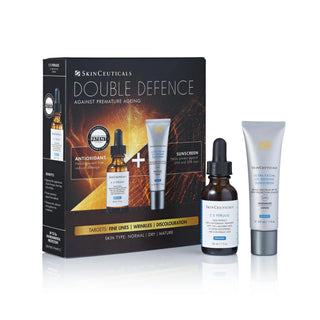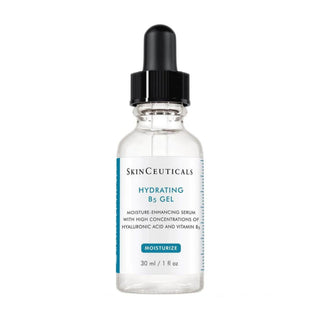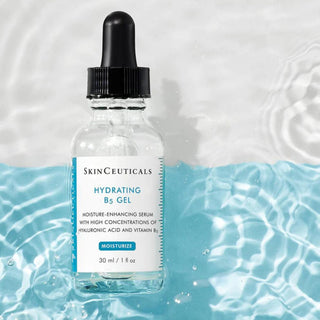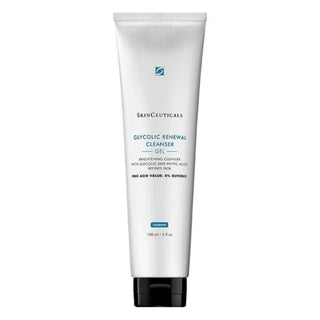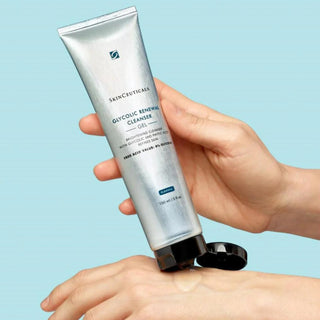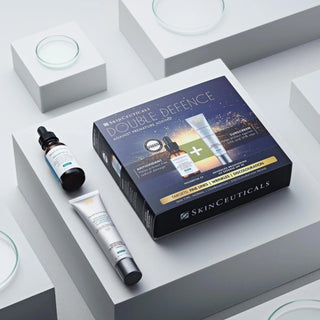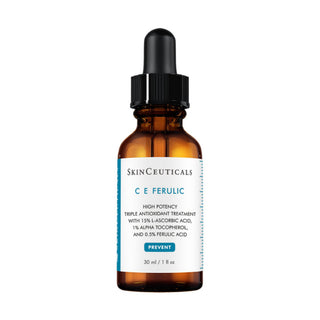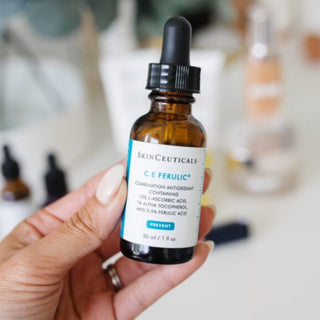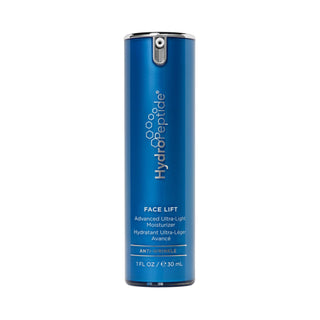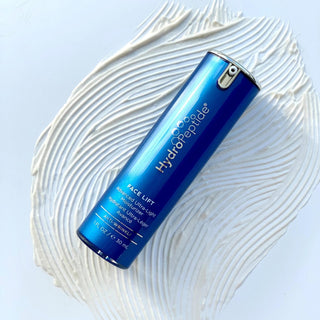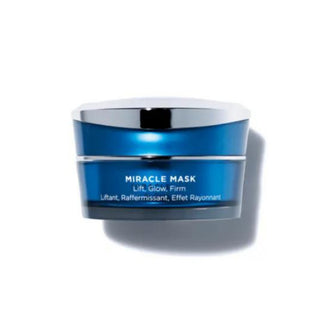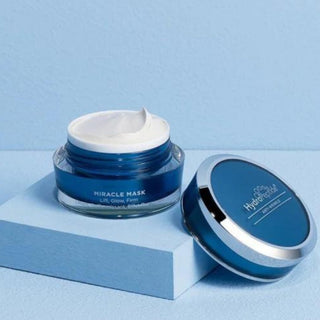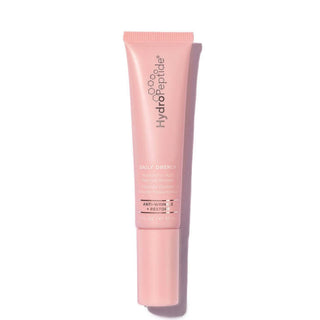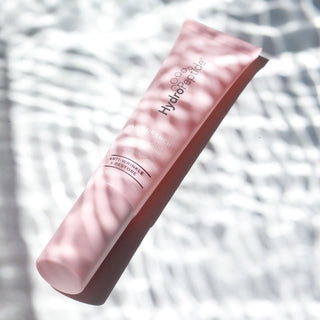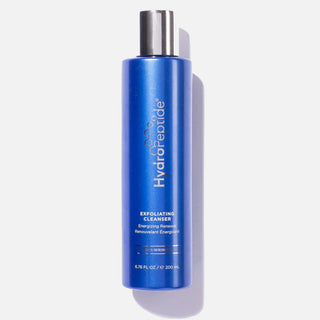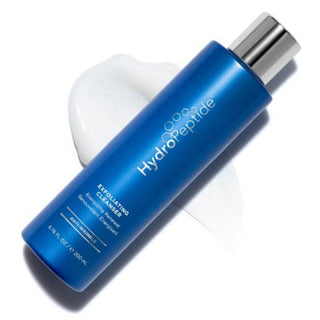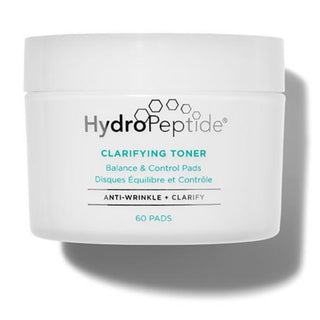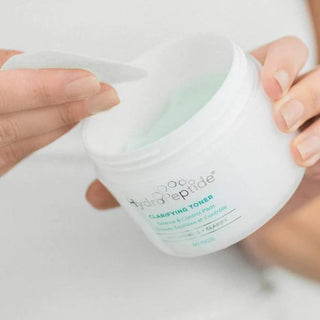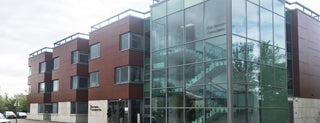
Ireland's Leading Skin Clinic
Welcome to The Kelly Clinic, where we use innovative techniques to deliver a youthful, healthy and glowing skin.
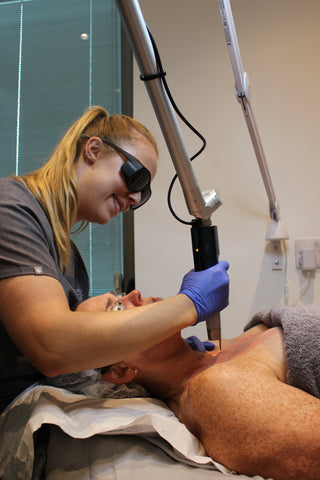
CynoGlow
Ireland's First Non Invasive Face Lift
CynoGlow is a customisable, sequential treatment plan utilising the most advanced picosecond laser, Picosure Pro and radio frequency micro-needling technology, Potenza. Cynoglow is a bi-layered treatment plan that targets the superficial and deeper layers of the skin.
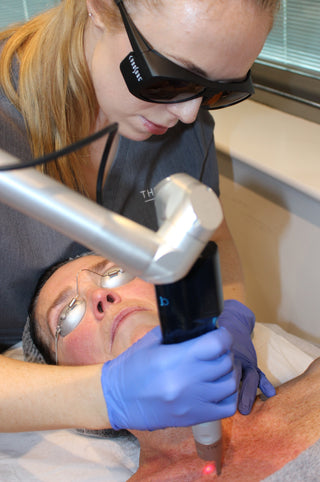
PicoSure Pro
Uncover glowing, tighter, flawless skin like never before
The world's first picosecond aesthetic laser-optimal wavelengths for treating pigmentary conditions and overall skin revitalsation, with the added capability of tattoo removal.
SkinCeuticals
Double Defence: Phloretin CF & Advanced Brightening UV Defense
thekellyclinic
€185.00
- Unit price
- /per
First collection
View allHydroPeptide

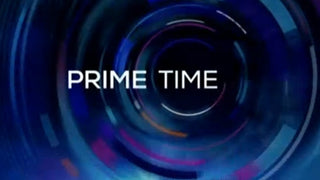
RTÉ Investigates: Beauty At Any Cost
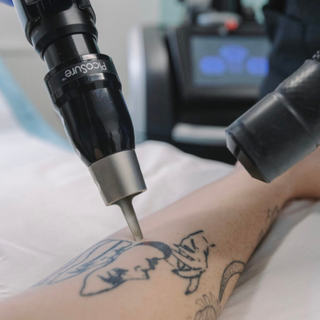
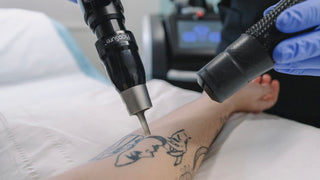
Follow us on Instagram
Google Reviews
By completing this form, you are signing up to receive our emails and can unsubscribe at any time.

